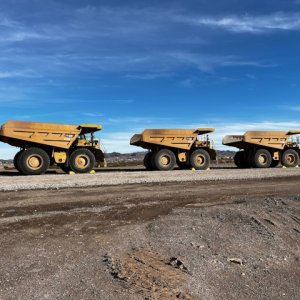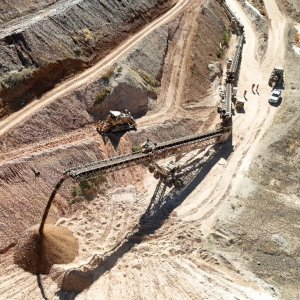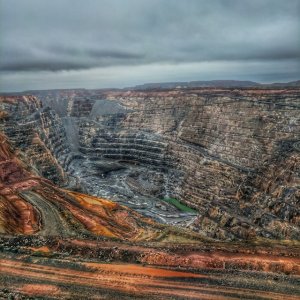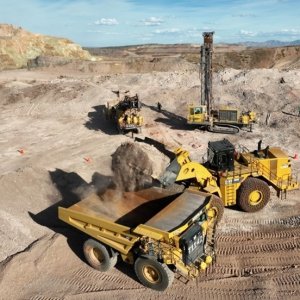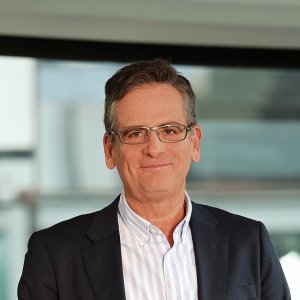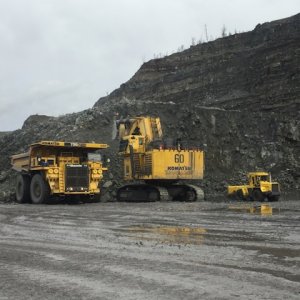Community, Land Tenure Considerations for Efficient Development

STORY INLINE POST
Q: How is the industry likely to evolve during the López Obrador administration?
A: We have yet to determine how the new administration is going to affect mining operations and the regulatory environment, but I hope it will have a positive impact on the industry’s growth. The big industry challenge I perceive is to define what the realities of operating under this new administration will be like and to foster a feeling of ownership in mining workers so they have a sense of having dignified and well-paid jobs in areas where work is often scarce. We must also make the people more aware of the realities of modern mining, which is an environment that is well-lit, clean, healthy and as safe as we can make it.
The previous administration implemented very stiff royalties that have had a major impact on the companies operating in the country. These, combined with slightly depressed metal prices, make the difference between profitability and loss and a lot of operations are suffering. We understand what these special mining royalties should be used for, but it would be nice to see them actually invested that way. I think this fiscal structure should be more flexible and there should be more creative ways to deal with these expenditures. To have government deciding how this money is deployed locally, as opposed to having the locals deciding, may not be the best way. There should also be ways for companies to deduct what they spend directly on community development from the royalties so they are not essentially paying twice for this work, especially when it is done in concert with the local communities.
Q: What is your assessment of the data provided by the Mexican Geological Service and its utility in supporting exploration?
A: I think that the Mexican Geological Service has a tremendous, very-well organized database with easy-to-access information. Our focus is to find new, blind ore deposits because the vast percentage of Mexico’s known mineral deposits were found in outcrop shortly after the Spanish Conquest. The history of mining has basically followed these discoveries since then, with updated technologies allowing larger and larger scale mining. When considering the geological map of Mexico, 60 percent of its surface is cover and in other countries with similar cover, the governing geological surveys have identified areas of high-mineral potential and carried out various kinds of airborne geophysical surveys to help map what we cannot see. I would very much like to see the SGM undertake such surveys.
Q: What is the main challenge that junior exploring companies face when operating in Mexico?
A: The biggest problem anywhere is making the transition from being explorers to being developers and operators. These involve a very different skillsets, so, once a major discovery is made, exploration companies have to choose whether to partner with somebody that already has those skills or to try to bring those skills in-house. The latter is especially difficult in large projects. We hope that the discoveries we make in the future are big enough that joint venturing with an operator is the most sensible way for us to go.
Q: What are your expectations for the JV for Juanicipio and the mineral concessions of the Cinco de Mayo property?
A: Juanicipio is moving forward very well. Fresnillo is doing a great job in building the mine and it seems to be on track to start production in 2020 and become one of the largest silver producers in the world by 2022. We are extremely happy with how the project is unfolding and we are convinced that the property has tremendous potential to hold additional veins. The Fresnillo district may be the world’s largest primary silver district, but it has the chance to become even bigger.
As for Cinco de Mayo, we think it is a major discovery that is ideally situated to become a large, clean and modern operation. It is close enough to the local town that workers would be able to go home every night but not close enough for any noise or dust problems to affect the community. Unfortunately, we ran into a blockade instigated by a few members of the local population and have not had access to the property for four years. We just want the opportunity to lay out our side of the story to convince the majority of the local population. We understand that it is a process that takes time and we are committed to taking the time to get there. We are pleased with the relationship we have developed with the Corral administration in Chihuahua and they are helping us establish open communication with the community.
